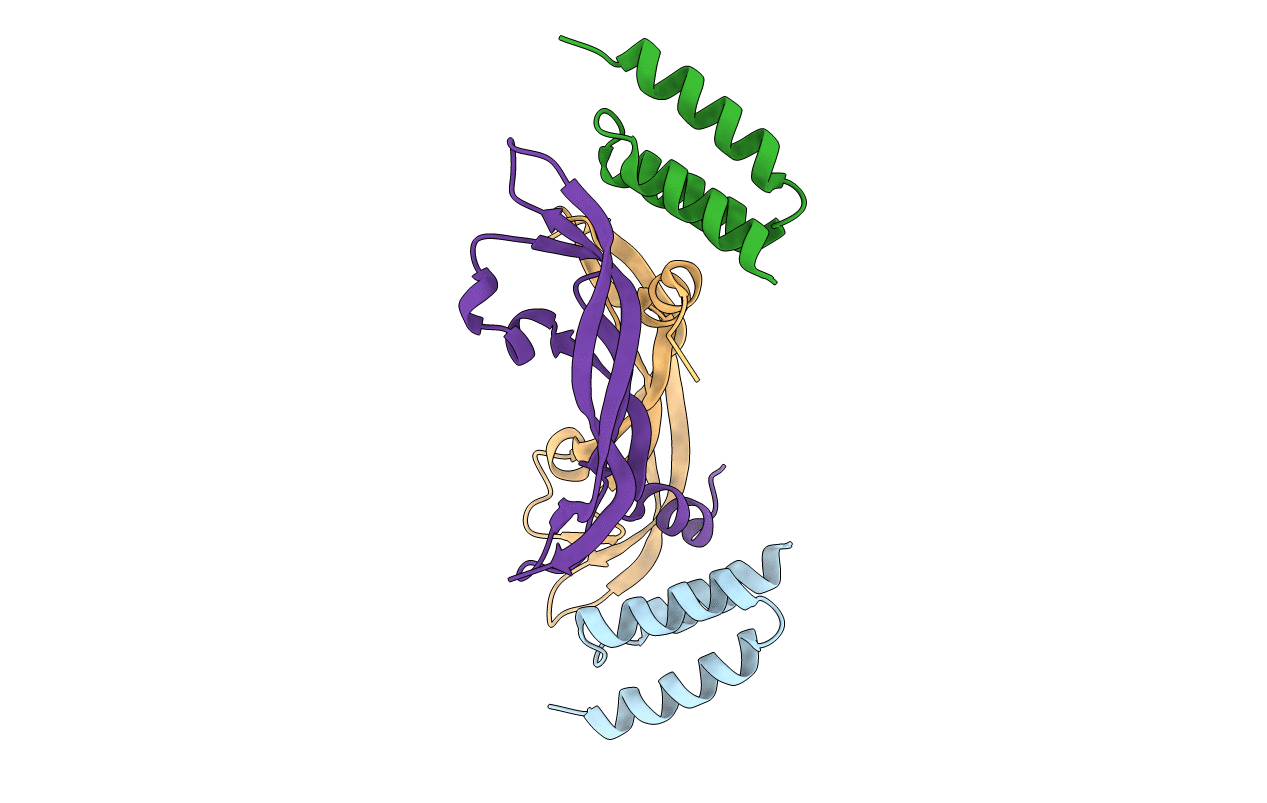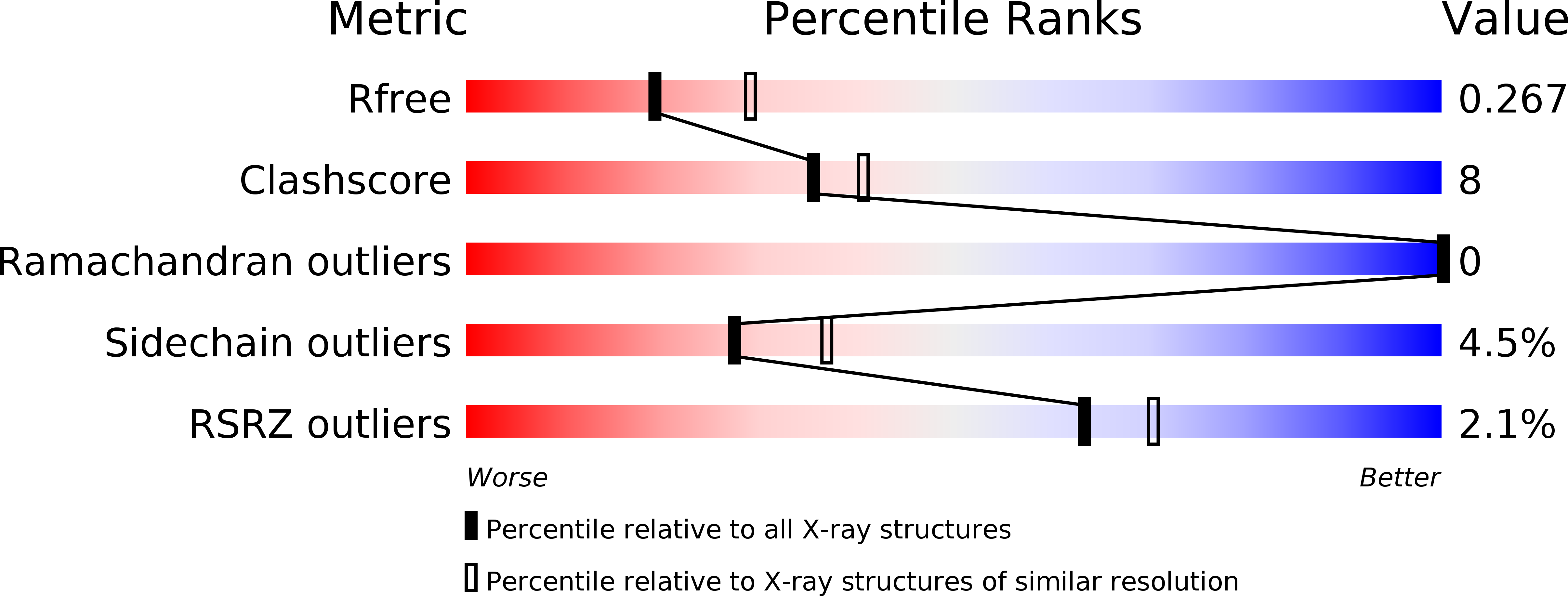
Deposition Date
2011-05-15
Release Date
2011-08-17
Last Version Date
2024-10-30
Entry Detail
PDB ID:
3S1K
Keywords:
Title:
The Development of Peptide-based Tools for the Analysis of Angiogenesis
Biological Source:
Source Organism:
Homo sapiens (Taxon ID: 9606)
Host Organism:
Method Details:
Experimental Method:
Resolution:
2.55 Å
R-Value Free:
0.27
R-Value Work:
0.22
R-Value Observed:
0.22
Space Group:
P 21 21 21


